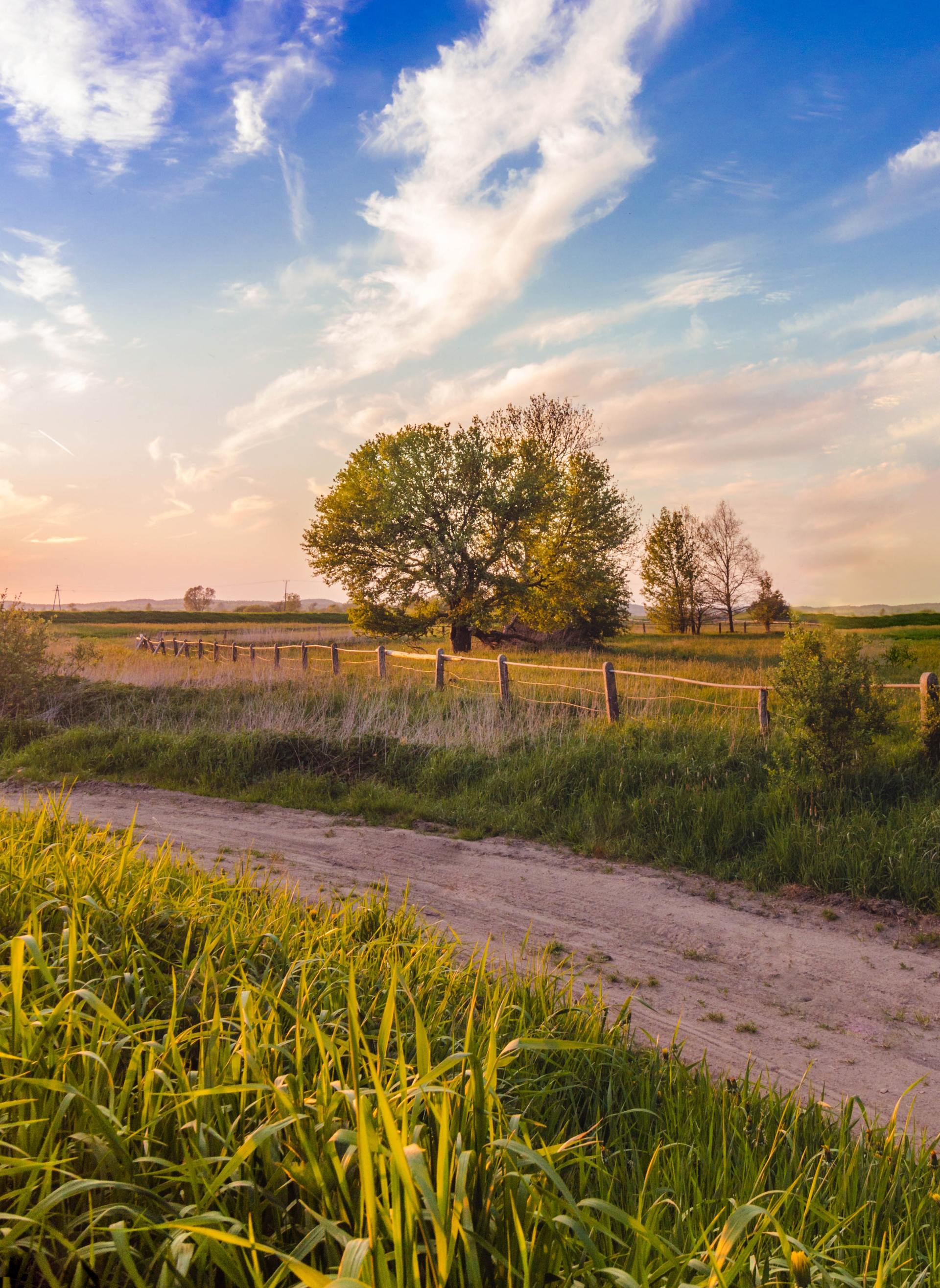
Procedures To Undergo When Encountering Chemical Spillage
Blog » Procedures To Undergo When Encountering Chemical Spillage
Chemicals are like a double-edged sword. Wielding them is pretty helpful, and they provide a wide range of utility and convenience. Also, proficiency in using them allows you to do various activities. However, the other edge of the sword is always pointed at you. So, improper handling being lax with safety will make these chemicals backfire on you, leading to critical injuries and even death.
Toowoomba safety training comprises various procedures and courses detailing the proper handling of different industrial chemicals and machine training. Of these procedures, there are various regulations regarding the appropriate handling of spillage and handling of hazardous substances.
Similar to fire, chemicals are beneficial for a wide variety of functions. However, many chemicals are inherently hazardous or even deadly when they are not used in a properly controlled manner.
How dangerous is a spill?
Hazard levels depend on various factors—the properties of the actual material itself, where the spill occurred and what surface received the spill. The degree of hazard may also depend on;
- The amount of the chemical spill
- Ventilation in the area
- The temperature of the surface
- The type of the chemical
Depending on these specific hazards involved, it may be required to evacuate the area or take further steps to prevent environmental damage.
The following four steps generalize the line of action to be taken during spills:
Communicate the hazard
The first step is to immediately notify others working in the area and any supervisory personnel of the hazard. It is an excellent idea to have someone intimately familiar with the incident and the layout of the worksite remain on the scene to assist the first responders, assuming, of course, that it is safe to do so.
Additionally, make sure that anyone injured or who has been contaminated is removed from the immediate area and taken to a safe place. Again, this underscores the importance of workers knowing the proper steps to take for each chemical they work with including the safety of those assisting, for example wearing PPE if required prior to offering assistance.
Control the spill
This step focuses on ensuring that the spill does not worsen. Assuming there is a way to stop the spill or minimize the chances of worsening, these actions should be taken, such as righting a container that has tipped over or closing a valve.
Contain the hazard
The immediate situation demands addressing while taking steps to keep the spill from spreading to other areas contaminating adjacent surfaces. Thus, these procedures usually involve confining the spilled material to a small area using some absorbent material or neutralizer, depending on the material and situation.
Clean up the spill and any damage
The material used to contain or neutralize the spill is disposed of in a specified manner. If the spill is small, it may be a plastic bag. Larger spills, however, may require plastic pails or drums. In some instances, you might also need to dispose of any equipment, such as brooms or dustpans, that you used to clean up the material.
At Country Co, we intend to build on the legacy of providing quality face-to-face chemical safety training to various regional and rural businesses throughout Queensland and New South Wales. In Toowoomba, our small skilled team focuses on chemical safety and correct procedures for the businesses and clients that we up-skill. Contact us to book our services.

